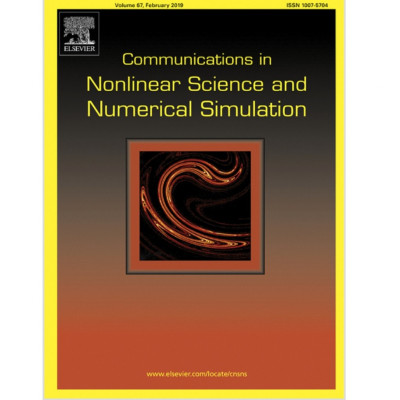Publication
Nonlinear ghost waves accelerate the progression of high-grade brain tumors
R. Pardo, A. Martínez-González, V.M. Pérez-García
Communications in Nonlinear Science and Numerical Simulation 39, 360-380 (2016)
MOLAB authors
Abstract
In this paper we study a reduced continuous model describing the local evolution of high grade gliomas - a lethal type of primary brain tumor - through the interplay of different cellular phenotypes. We show how hypoxic events, even sporadic and/or limited in space may have a crucial role on the acceleration of the growth speed of high grade gliomas. Our modeling approach is based on two cellular phenotypes one of them being more migratory and the second one more proliferative with transitions between them being driven by the local oxygen values, assumed in this simple model to be uniform. Surprisingly even acute hypoxia events (i.e. very localized in time) leading to the appearance of migratory populations have the potential of accelerating the invasion speed of the proliferative phenotype up to speeds close to those of the migratory phenotype. The high invasion speed of the tumor persists for times much longer than the lifetime of the hypoxic event and the phenomenon is observed both when the migratory cells form a persistent wave of cells located on the invasion front and when they form a evanecent wave dissapearing after a short time by decay into the more proliferative phenotype.
Our findings are obtained through numerical simulations of the model equations. We also provide a deeper mathematical analysis of some aspects of the problem such as the conditions for the existence of persistent waves of cells with a more migratory phenotype.















